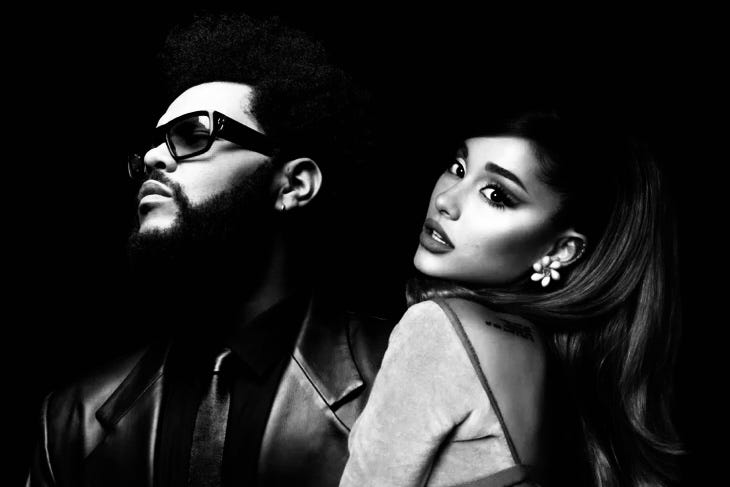It Depends
When I put the question to my custom ChatGPT we spoke for awhile about how to perform the measurement of solo vs collaboration. Honestly, it’s pretty crazy to be chatting with an AI as a collaborative partner while it navigates these high level analyses. When I started gathering this data years ago I did not think I’d be mining it this way! If you’re new, you can find details about me and this data project here.
We landed on a scoring system that combines overall chart performance in the Billboard Hot 100, while also measuring rate of appearance in the Top 10 and weeks on the chart. Then we normalized to account for there being more or less of one kind (solo or collab) within a genre. Essentially we’re measuring against the performance of the average song in each genre. This helps add nuance and a better answer to the question of whether one kind is performing better than the other. While I do have data for 2020 - 2024, we limited our exploration to 2023 and 2024.
First, a chart to remind us of the rates of collaboration in the four major genres:
And here is the performance delta:
What Does All This Mean?
In Pop, collabs perform better compared to the genre average in spite of them being outnumbered by solo records — better charting, more Top 10s, longer life. Maybe they should collab more often?
In Urban/Black American spheres, collabs shine on impact while solos endure longer. There seems to be a balance that works in this space.
Latin music solo songs consistently perform better. Considering the rates, they might be over emphasizing collabs?
Country collabs chart significantly higher, but solos last a bit longer. Maybe another area where collabs are being underused?
Next week I’ll look at the artist with the highest collab to solo ratio. I bet you can guess who it is.






